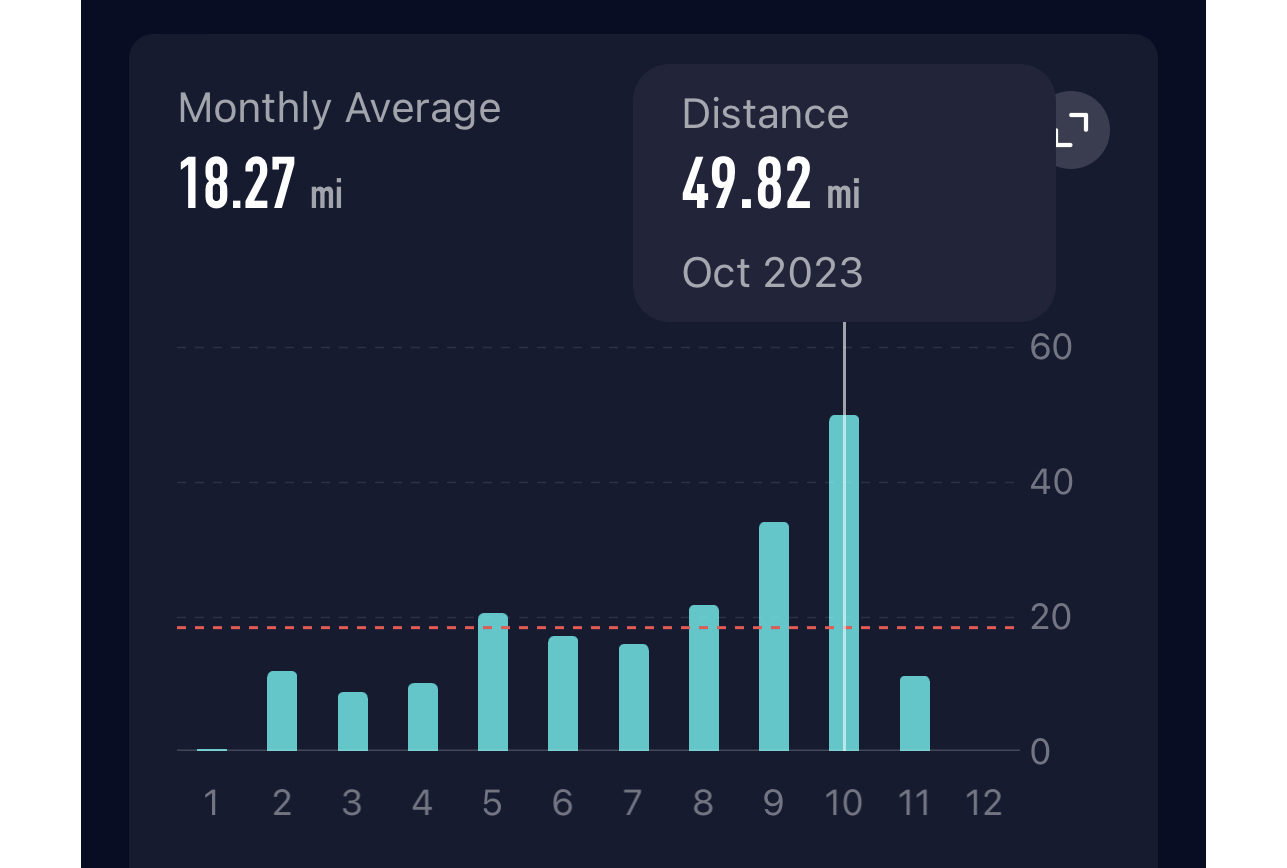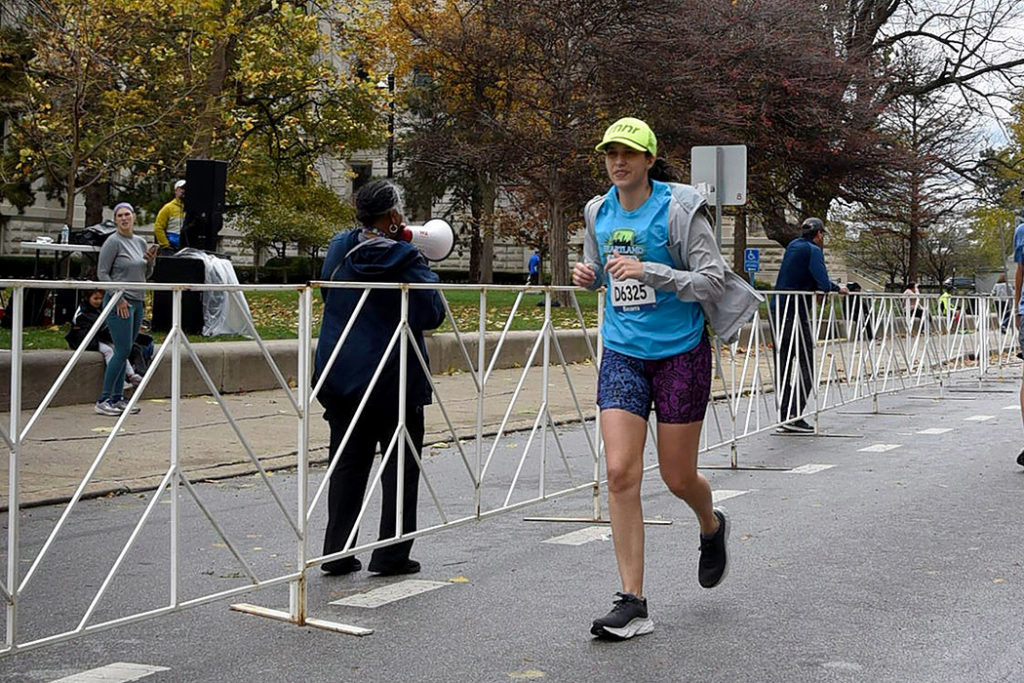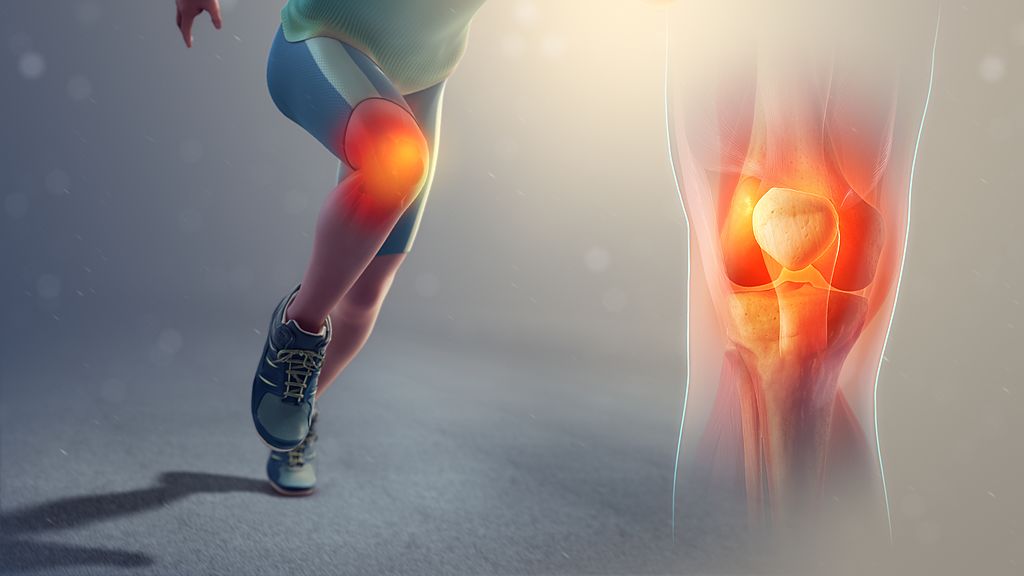At the end of 2022, I remember googling how long it would take to get back to normal running after a doctor diagnosed my knee with chondromalacia patellae (a.k.a. runner’s knee.)
“Four to six weeks,” many websites said. The internet lied.
It took a year to recover from the injury.
In early 2023, I went to physical therapy religiously. I iced. I rested. I stretched. All of this made things feel better, and I even attempted to run again — but I wasn’t getting the results I wanted.
Sometimes, I would feel a pulling sensation on the outside of my knee and even up through my hip.
Do I have I.T. band syndrome?
The runner’s knee diagnoses didn’t make as much sense anymore, as there was clearly more going on. I shifted my recovery focus to addressing an underlying strength imbalance. I did clamshells. I did Bulgarian split squats. I did step-ups. I also did side steps with a resistance band and other glute and hip strength exercises.
I was strong and feeling great. But my knee was still off. And if I tried to do back-to-back workouts, that nagging sensation at the outside of my upper leg flared up again.
This isn’t working. I need a different kind of help.
I decided to go to another expert. This time, it wasn’t going to be a doctor who would tell me I should “just stop running.” (Yes, the orthopedic doctor actually said that.)
This time I went to see chiropractor Dr. Matthew Lowe, who has a degree in Kinesiology with an emphasis on Movement Science. The practice where I found him was known for helping endurance athletes: Wellness in Motion Botion.
The first session lasted an hour. We talked about the knee injury, how I thought my I.T. band had possibly influenced the knee from the start, and what I had tried so far. Then the chiropractor went to work and discovered, “This leg is shorter.”
What?!
Turns out my hip muscles had been so tight, it was causing the leg length discrepancy. How long had I been running with a shorter leg? Had it been a problem in 2019 when I did my first marathon and had hip flexor trouble?
The answers didn’t matter. After that first adjustment, my knee started to feel better.
I went to see Dr. Lowe again the next week. He did more work on my knee and leg using the active release technique. He also used the Graston Technique, which my former PT had used and I remembered liking.

On my third visit, he used the cupping technique on my most problematic area, where there was essentially an ill-formed mass under the muscles that was making my I.T. band feel tighter than it actually was. Cupping feels very weird! It made a huge difference.
Soon, I was only visiting the chiropractor every other week. And I was running every other day. Strength was also still part of the routine. I was building up mileage cautiously, afraid that if I did too much, I’d just get set back again.
My chiropractor encouraged me to do more. So I did, and it felt amazing. Ten months after the initial injury I was finally making progress toward normal running again.
Bless this chiropractor, seriously.
Two months later, I climbed a mountain. I ran 14 miles in a week. I felt normal again.
The entire recovery period — from the November 2022 marathon that wrecked my knee to now — was a year.



